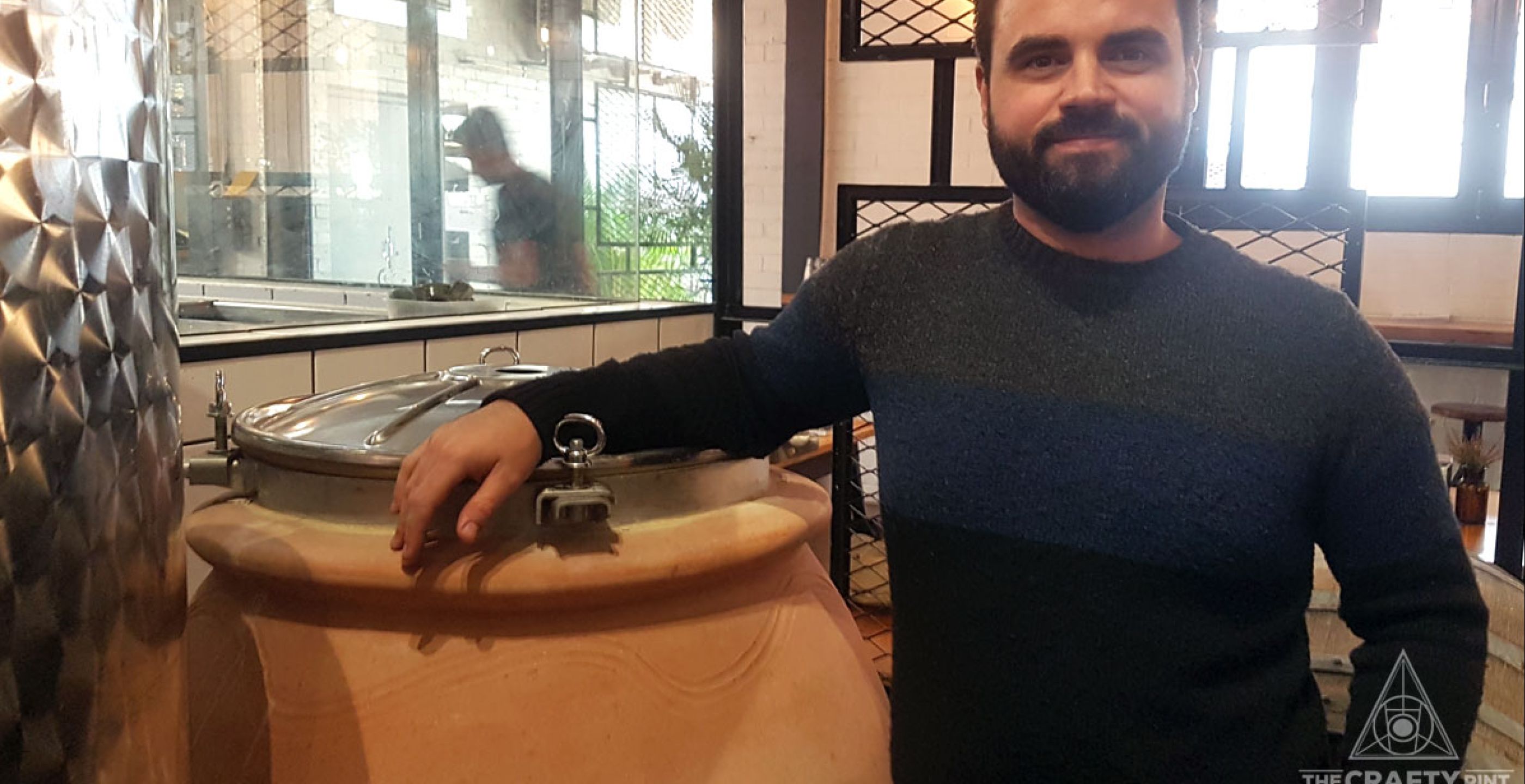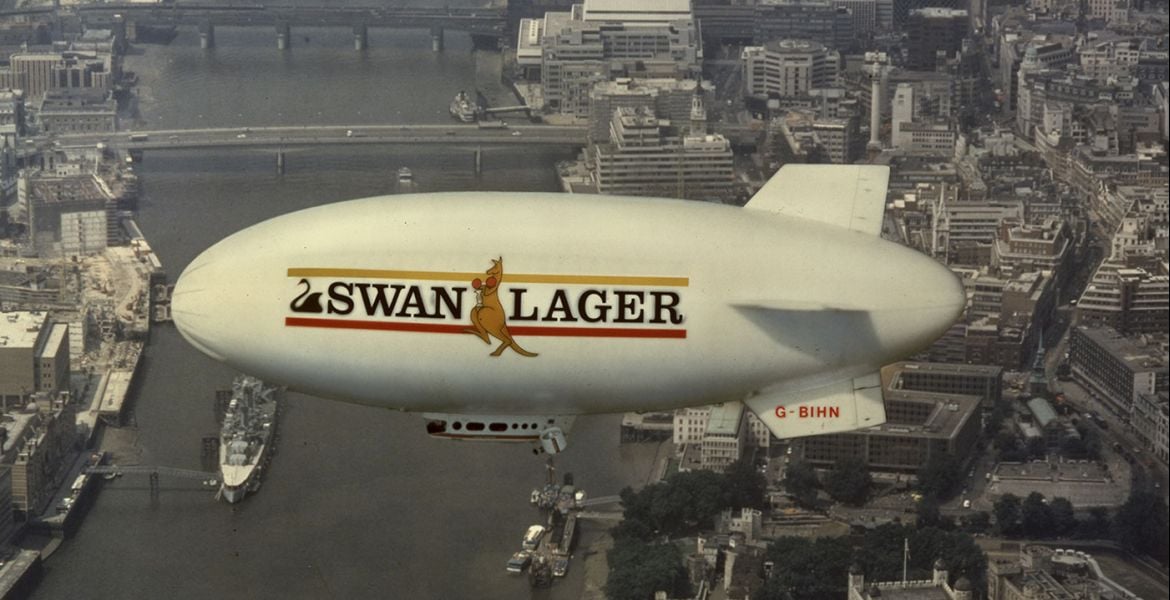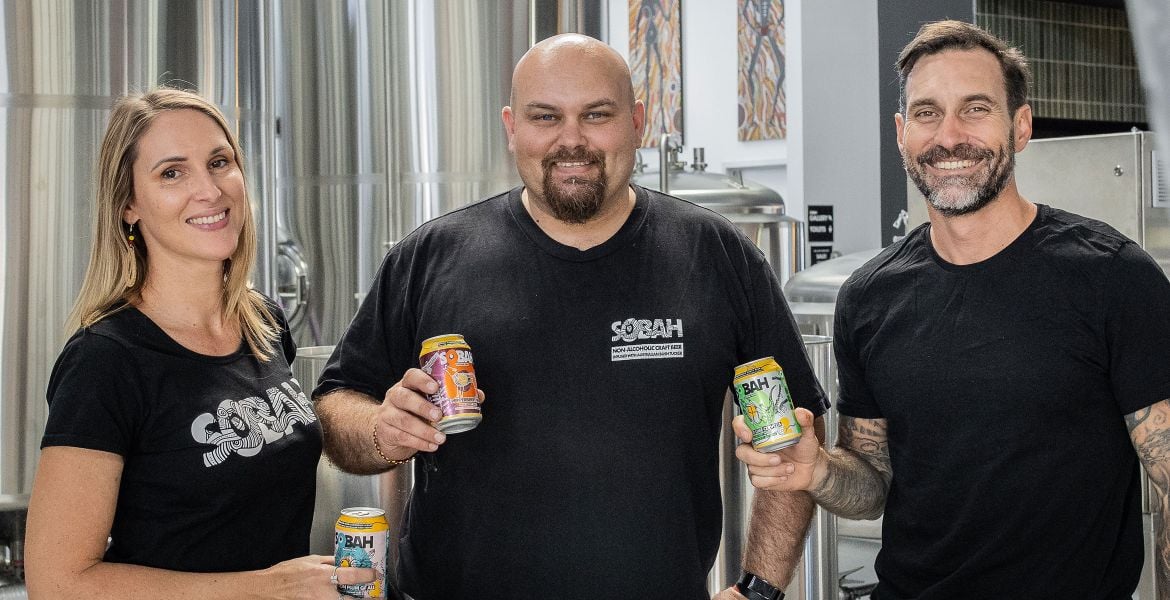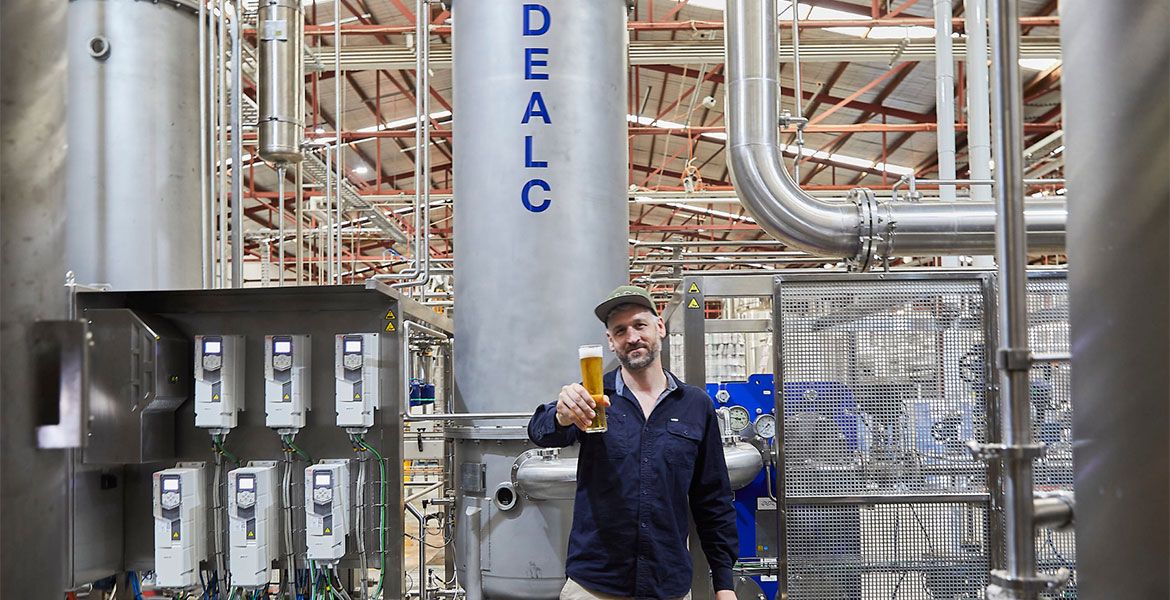During the second century, the Roman Empire had become so vast it covered a continuous five million square kilometres of the planet. In modern terms, if the ancient empire ruled by Marcus Aurelius (the good one at the start of Gladiator) was transported to today, it would stretch as far as London on its western fringe and beyond Baghdad to the east.
With such an expansive empire under its control, Rome relied heavily on trade within its own borders, sending supplies and soldiers all over its regularly contested empire.
For trade, they turned to amphorae: large ceramic vessels used to transport and store both dry and liquid goods. The Romans had a particular penchant for fermenting wine in them, though others used them for brewing beer.
Amphorae predate the Roman Empire by thousands of years, with archaeological evidence suggesting their use in Europe from as early as 4,000 BCE. By the seventh century CE they’d been replaced, with both animal skins and wood becoming a far more popular way to store things.
More recently, in the world of beer and wine production, steel has, in most cases, superseded both. Yet, beginning with winemakers in the 1960s, amphorae have been making something of a comeback, most notably in the beer industry thanks to Italian craft beer pioneers Birra del Borgo (part of AB InBev since 2016) and, locally, by a small Collingwood operation.
Anyone hoping to see an amphora in action today would do well to walk past the ancient world section at Melbourne Museum and instead head along Smith Street for a beer. It’s there where The Craft & Co has been using two 300-litre amphorae from FB*Propak to make what is, to date, Australia’s only terracotta-brewed beer.
The Craft & Co's head brewer Heath McVeigh (pictured at top with one of his amphorae) was quick to embrace the opportunity, creating a first beer in time for a Good Beer Week event in May, though he admits to having little idea what effect terracotta could have on beers when he first decided to use one.
“Putting beer into any sort of vessels that’s different is going to be a lot of fun,” says Heath.
First among his concerns was the fact terracotta as a material is far more porous – and far harder to clean – than modern stainless steel or even oak barrels.
“Every time I put something in there I’m nervous, and the fact that we are getting attention for it also makes me nervous,” he says.
Once Heath started researching what other breweries had made with amphorae, those concerns only grew: breweries haven’t always reported the best results. Indeed, when The Crafty Pint called in to Cantillon just before Christmas 2015, head brewer Jean van Roy said they had aged a batch of beer in clay but it had taken on too much of the amphorae's character. That said, the beer had been bottled in the belief that, no matter how long it took, "in the end, lambic always wins."

“Almost everything I’ve read has been negative,” says Heath.
Within that limited club of breweries which have used amphorae, some have used them for both primary fermentation and ageing their beer. And Heath believes it’s when amphorae are used for conditioning or ageing beers that problems can arise.
“The way they approached it was like a barrel [and] I feel like that’s where they may have gone wrong,” he says of his study.
“We aged one beer for two months in amphorae and it just really thinned it out – it became super watery. I put this down to the porous nature of the vessel.
“When you put beer into barrels there’s a little bit more going on. You’ve got the previous spirit or the previous wine, adding flavour. There is the type of oak used and how it is charred interacting with the beer. Whereas with terracotta there isn’t that much going on except for the material itself, especially since the two amphorae we have came brand new.”
Heath also suggests that, while his amphorae will add more flavours to beer once they are well used, as a new vessel they currently add one main flavour.
“The amphora is so new it’s just about one terracotta flavour, which has a mineral characteristic and is severely clean,” he says.
Those clean, mineral flavours were what became the showcase of The Craft & Co’s first amphora beer, which was released during Good Beer Week. Called the Signora Amphora, the beer was an easy-drinking ale brewed with a mixture of wheat and pale malt designed to showcase those unique terracotta flavours an amphora adds to beer. Still on tap at the venue at time of publication, we picked up rose like floral aromas and soft, Belgian ale yeast fruity characters.
Their second amphora beer will be a Tripel, allowing Heath to showcase a different aspect of the terracotta through a higher ABV beer.
“We’ll keep doing the Signora Amphora as a core because it’s a great session ale,” he says. “Then we’ll also do bolder, quirkier beers allowing us to experiment a bit more.”
A focus on bigger beers would be in keeping with the success achieved by Birra Del Borgo’s Leo Di Vincenzo's work with clay. His first amphora beer was brewed in 2012 as part of a collaboration with Dogfish Head, Birra Baladin and biomolecular archaeologist Dr Patrick McGovern.

Leo had a long held interest in amphorae due to their use in winemaking in his home in Italy and was impressed with the level of complexity they gave to wine.
“[From the] first taste I was always surprised about the character that all the wines were having, minerality, oxidative character, a complexity,” says Leo.
Keen to brew something with a similar flavour profile, Leo set out to create a beer which highlighted the same interplay of clay, oxygen and wild yeast.
“Clay is rich in different salts that bring a lot of metals, like iron, aluminium and also a lot of calcium,” he says. “[These bring] into the beer a rich and salty character giving smoothness and also [a minerality which increases] complexity.”
Leo also found the amphorae led to high levels of oxidisation, which can be desirable in some beers, as well as the types of microflora which could develop and add their own interesting flavours.
“Amphoras are almost impossible to sanitise and a special microflora will develop into the porous containers, which will bring into the wild fermentation and unique characters.
"[The amphora] wasn't easy to use and it took a couple of fermentations and ageing to better understand it. But in a beer called Anfora, in which we age a 16 percent barley wine, results were absolutely unique and now we have so many amphoras filled with very exciting beers.”
Considering their prevalence in ancient Rome, it seems fitting a brewery located only an hour out of Rome has become a champion of amphoras in craft brewing. Leo sees them as having a place in a world where some drinkers are seeking increasingly complex flavours from their beer.
While they may be far from easy to use, he has high hopes: “[I think] amphora is the container from the past that will be the future of fermentation.”
About the author: Will Ziebell is a history graduate who finds the greatest use for his degree is telling anecdotes to anyone who will listen. Often they involve beer, especially when hosting Melbourne Brewery Tours. He can be found on Instagram and Twitter.
Birra del Borgo images supplied by the brewery.
















